262 SACD / Béla Bartók: Hungarian Pictures
Description
"... They (Bartók and Kodály) wanted not only to put the Hungarian into the light, not to serve a mere colony of German music history, but to study folk music in all its manifestations, moreover - Bartók said in 1931 - to serve the fraternization of peoples. Later they explicitly aimed at "a synthesis of East and West". This very turn from the Hungarian to the global is nowhere more evident than in one of the last works, the Concerto for Orchestra, which outwardly echoes the Hungarian Pictures as they do the early period of folk music research..." (from the liner notes by Jan Reichow)
This recording (like the entire TACET catalog, by the way) not only captivates on first listen, but invites you to savor countless small details, each twist a treasure that András Keller and the musicians of Concerto Budapest bring out as knowledgeably as they do lovingly.
4 reviews for 262 SACD / Béla Bartók: Hungarian Pictures
You must be logged in to post a review.
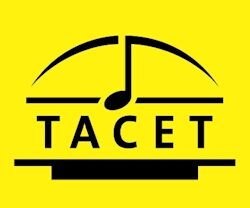
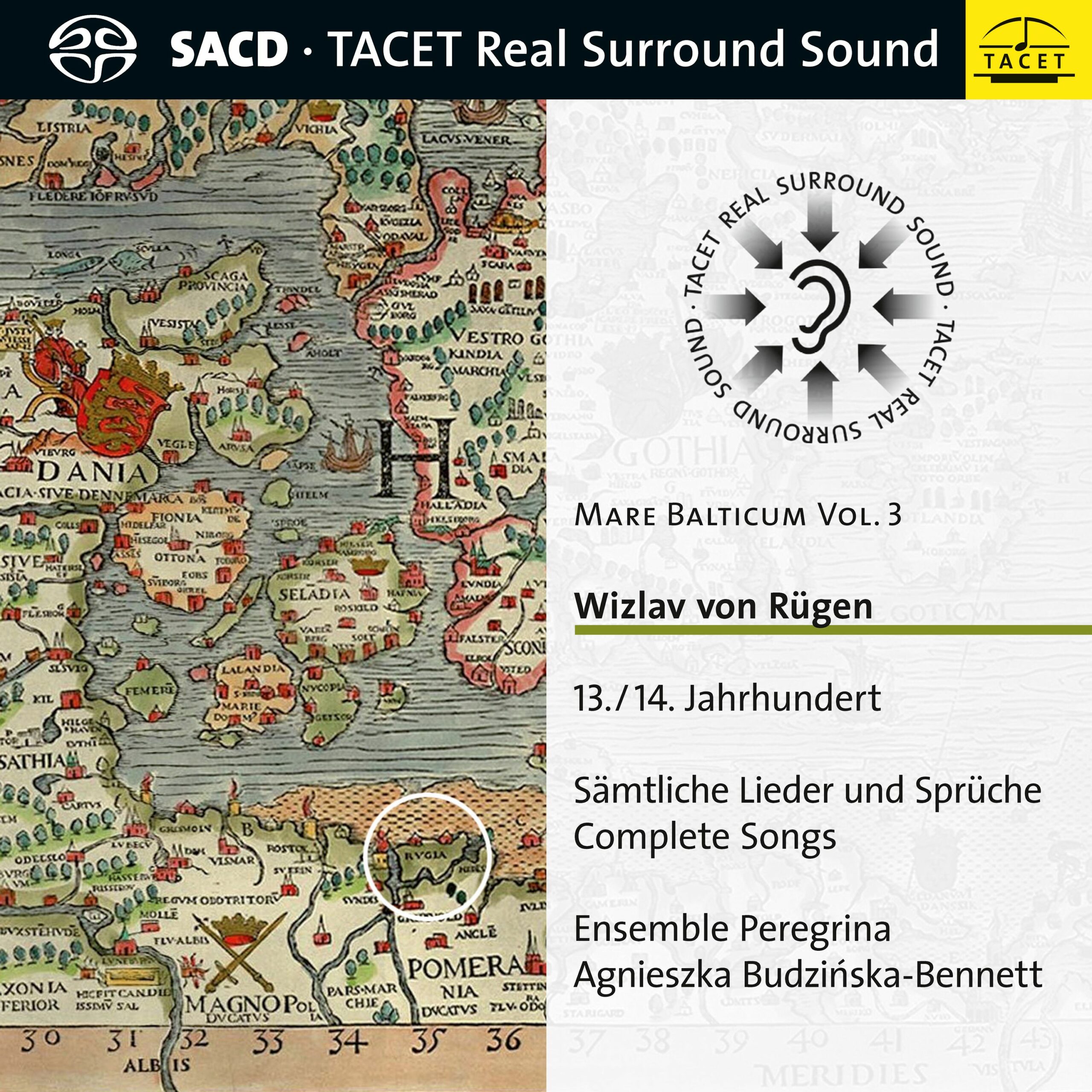
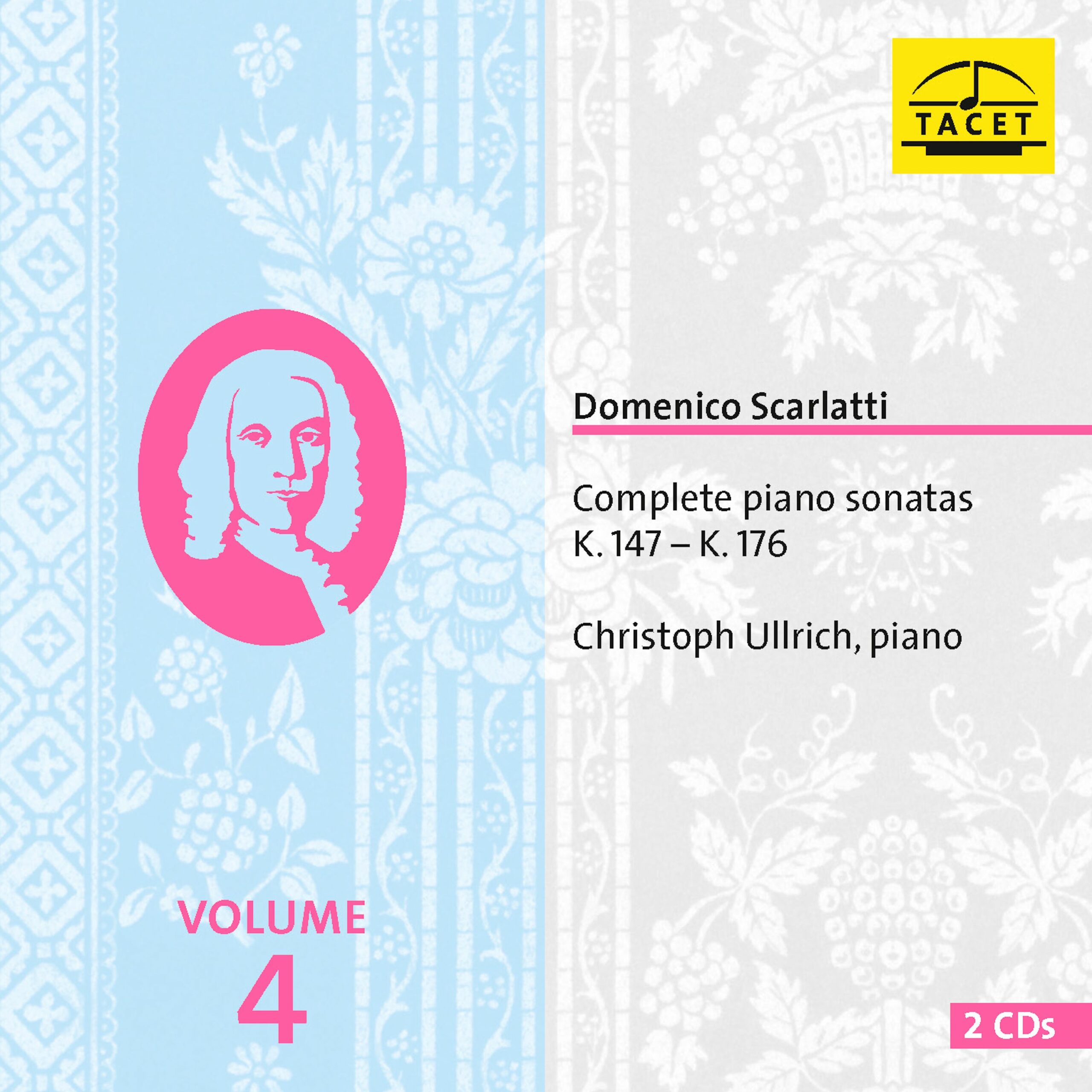
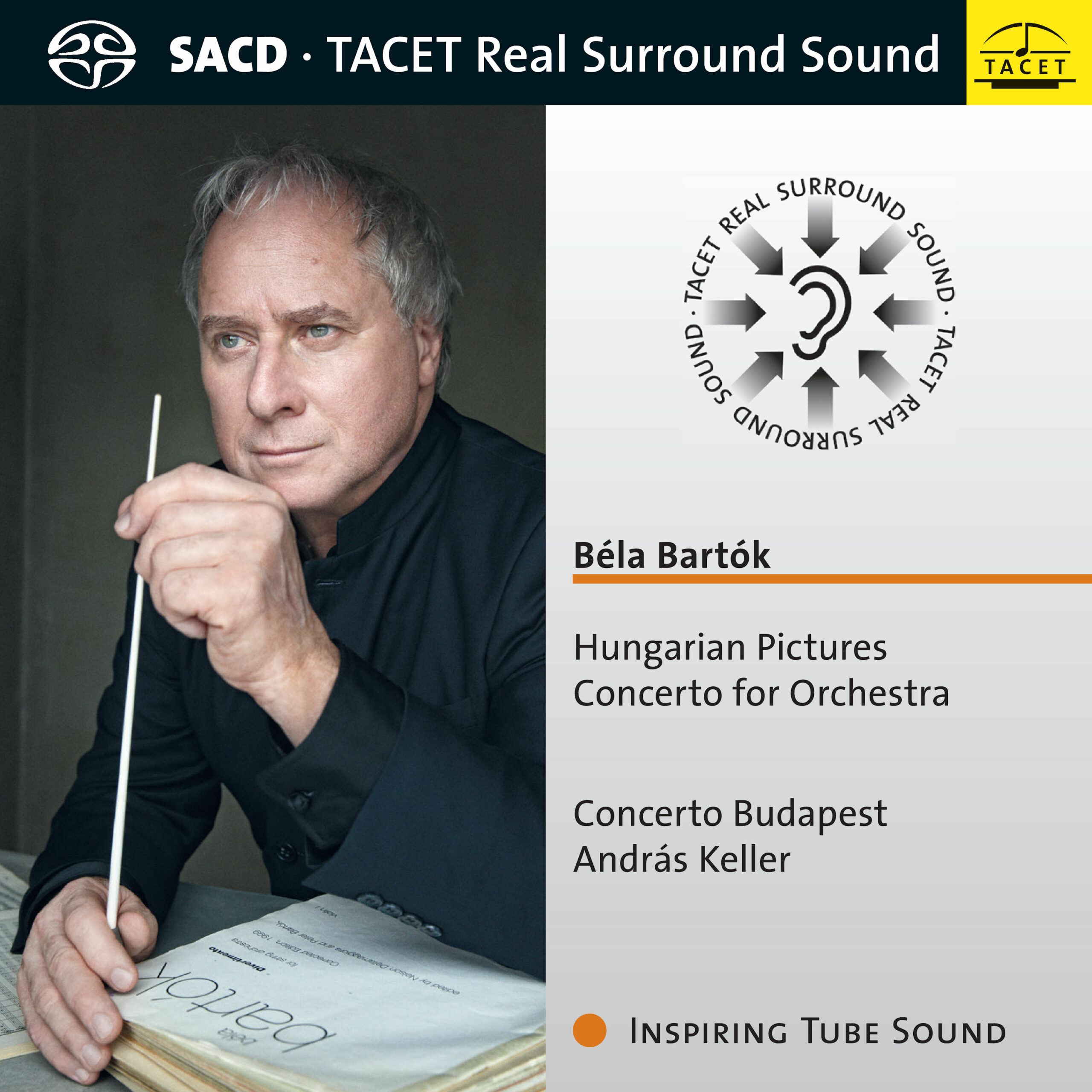

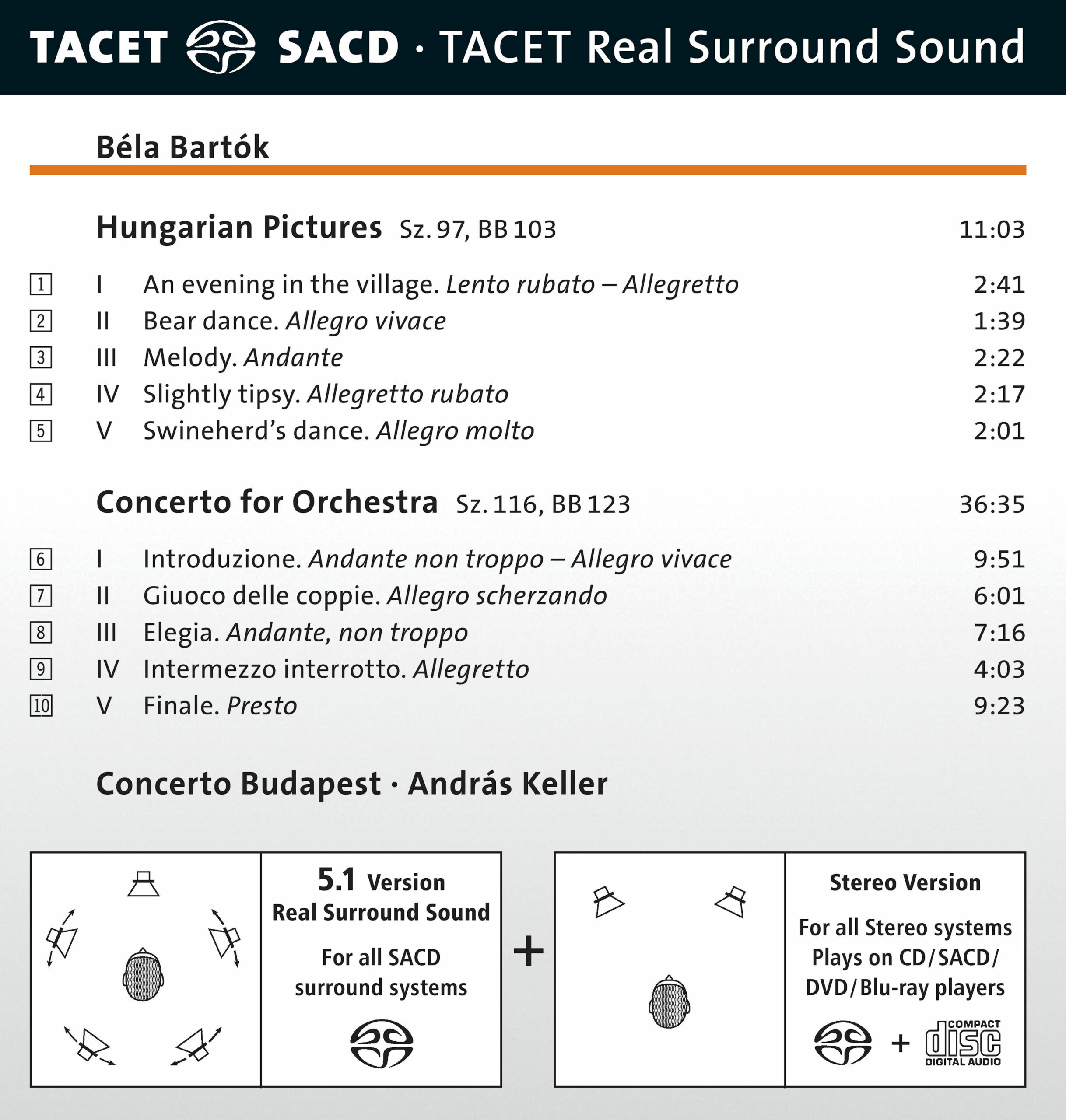

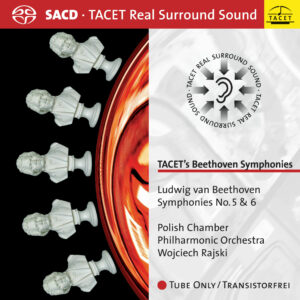
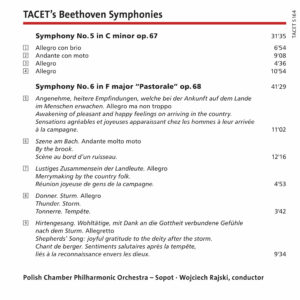
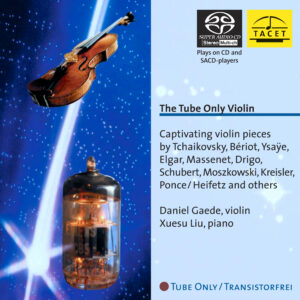
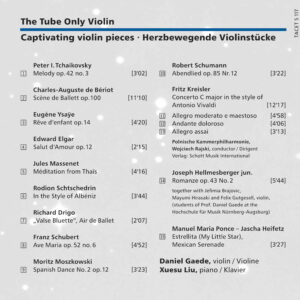
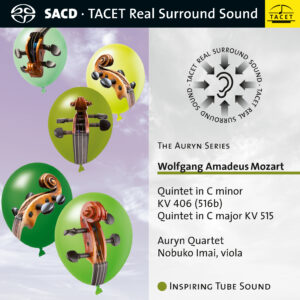
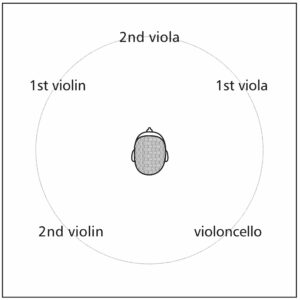
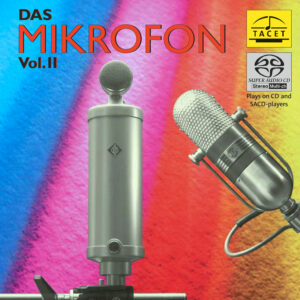
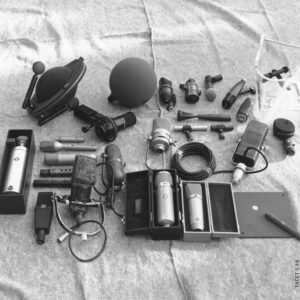
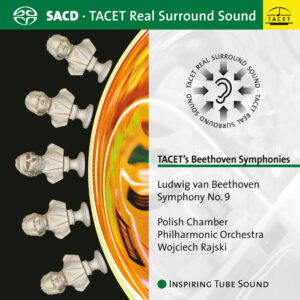
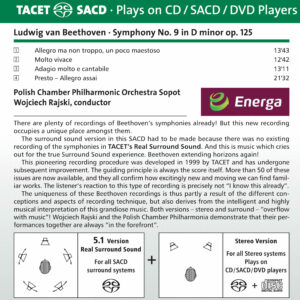
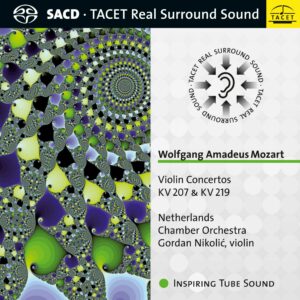
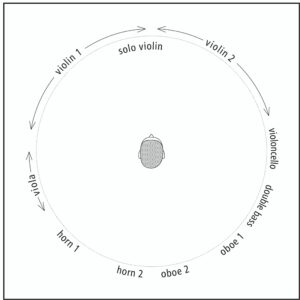
Klassik heute –
--> original review
Artistic quality: 10 out of 10
Sound quality: 10 out of 10
Overall impression: 10 out of 10
Bartók's Concerto for Orchestra, composed in the USA in 1943, two years before the composer's death, is undoubtedly one of the most important orchestral works of the 20th century. It reflects pain and hope in a time of world history and personal gloom, but at the same time also longing for its native Hungary. The new recording with the Concerto Budapest under András Keller shows the closeness to this music, which always turns to the idiom of the country of origin, although tones from the New World as well as from the European tradition can be heard.
Brilliant soloists
The title "Concerto" was chosen quite deliberately, since its trace leads back to the baroque era of the concerto grosso and the classical era of the solo concerto. Soloistic performances are in demand throughout this work, not only in the unique movement "Giuoco delle coppie" when bassoons, oboes, clarinets, flutes and trumpets brilliantly duet with each other. The symphony orchestra Concerto Budapest, which has been in existence for over a hundred years and in which numerous thoroughly trained young musicians play, copes with such demands not only with technical aplomb, but also with that Hungarian touch which portrays Bartók's musical language as incomparable.
Conductor and Tonmeister
András Keller, who has also emerged as an important violinist and chamber musician, works out the tutti passages in a compelling manner; he does not shy away from drastic accesses as well as extended elegiac cantilenas in order to do justice to the span of this work. His intentions are supported by the special recording technique of "Tacet Real Surround Sound", with which the voices of the orchestra are captured through several channels all around. In any case, the sound quality thus succeeds convincingly, clear in the solo voices, voluminous in the overall picture.
Pictorial miniatures
In this recording, the five-movement Concerto for Orchestra is preceded by the Five Hungarian Pictures from 1931, which, for all their brevity, have a similar bridging character. Early piano pieces, for example from the collections "For Children" or "Quatre Nénies" are united to form an exciting suite, which prove Bartók's closeness to folklore even more clearly than the Concerto for Orchestra. Pieces such as the "Bärentaz" or the "Üröger Hirtentanz" are played in a captivating manner, with verve and humor, while the composer's world-weariness can be found in the middle movement, the "Melódia". It would be desirable to hear the originals next to the arrangements!
Remarkable is the accompanying booklet, in which Jan Reichow provides deep insights into the master's life, his compositional measures and the peculiarities of the recorded works with an essay "Building Bridges at the Edge of Catastrophe", and this in German and English.
Klaus Trapp
HRAudio.net –
--> original review
András Keller und sein Concerto Budapest befinden sich auf musikalischem und geografischem Boden für ihre jüngste Aufnahme, die in Tacets echtem Surround-Sound aufgenommen wurde. Es handelt sich dabei um eine Kopplung von Bartóks populärsten und am häufigsten aufgenommenen Werken, dem „Konzert für Orchester“ und den „Ungarischen Skizzen“ (letztere sind die populärste Orchestertranskription des Komponisten, zumindest auf Schallplatte), die beide wie angegossen passen.
Ungarische Skizzen“, manchmal auch als „Ungarische Bilder“ bezeichnet, ist eine kurze Suite, in der der Komponist fünf Klavierstücke orchestriert, die er zwischen 1908 und 1911 während seiner Reise durch Rumänien und Ungarn komponierte, als er begann, Volksmusik zu sammeln und zu arrangieren. Die Suite besteht aus fünf Sätzen: ‚Ein Abend im Dorf‘, ‚Bärentanz‘, ‚Melodie‘, ‚Leicht beschwipst‘ und ‚Schweinshirtentanz‘. Keller und sein Orchester spielen diese reizvollen volkstümlichen Miniaturen mit offensichtlicher Zuneigung und idiomatischem Spiel, vor allem durch die herrlich charaktervollen Holzbläser.
Meines Wissens nach ist die einzige andere Aufnahme des „Konzerts für Orchester“ in immersivem Surround-Sound die ziemlich ausgefallene quadrophonische Version von Pierre Boulez und dem NYPO. Diese wurde am 18. Dezember 1972 von Columbia/CBS im Grand Ballroom des Manhattan Center in New York aufgenommen und ist jetzt auf einer Dutton Epoch SACD erhältlich. Bei dieser Aufnahme wird nicht versucht, eine feste Anordnung des Orchesters zu suggerieren, und die Instrumente tauchen manchmal zufällig über die vier verwendeten Kanäle auf.
Diese neue, von Tonmeister Andreas Spreer aufgenommene Tacet-Version ist eine ganz andere Klasse. Die Aufnahme nutzt alle verfügbaren 5.1-Kanäle und den gesamten 360°-Akustikraum (in diesem Fall den des Italienischen Instituts in Budapest) für das Orchester. In den Begleitunterlagen findet sich ein Diagramm der verwendeten Orchesteraufstellung, so dass der Hörer sein System anpassen kann, um ein kohärentes und zufriedenstellendes Klangbild zu erhalten. Die Ergebnisse können bemerkenswert sein, wie diejenigen wissen, die bereits Erfahrungen mit früheren Tacet „Real Surround Sound“-Aufnahmen gemacht haben. Für alle, die dem Ansatz von Tacet skeptisch gegenüberstehen, sei angemerkt, dass die CD auch in normalem 2-Kanal-Stereo abgespielt werden kann.
Jede neue Aufnahme von Bartóks „Konzert für Orchester“ auf SACD muss sich mit mehr als einer Reihe beeindruckender Versionen messen, darunter solche von Dirigenten wie Solti, Kocsis und der historischen Reiner-Aufnahme von 1955 mit dem Chicago Symphony Orchestra, die nur von wenigen je erreicht wurde. Kellers pointierte Interpretation der Partitur ist dank des idiomatischen Klangs von Concerto Budapest und des klugen Tempos, mit dem der Dirigent jeden der fünf Sätze des Werks gestaltet, äußerst beeindruckend.
One’s only regret is that an additional work could have been included on the SACD. The Reiner version referred to above with the same coupling as here also includes the Music for Strings, Percussion and Celesta, a substantial fill-up.
Recommended, especially to those with the capability to listen in surround sound.
Copyright © 2023 Graham Williams and HRAudio.net. Published with kind permission of HRAudio.net
Classical CD Choice –
--> original review
The vast Decca back catalogue is one of the glories of the classical music industry, and there are some remarkable performances (such as George Solti’s definitive performance of Bartok’s Concerto for Orchestra). But classic performances of the past for this late masterpiece now have a very competitive newcomer to contend with: the Concerto for Orchestra recorded in Tacet’s customarily all-enveloping surround sound – and, what’s more, matched by a performance that does full justice to the rich Hungarian flavouring of Bartok’s score, even though the latter was written in America.
Barry Forshaw
Pizzicato –
-> original review
Razor-sharp and crystal-clear transparency
Andras Keller’s interpretation of Bartok’s Concerto for Orchestra does not seek the grand symphonic sound, not the magnificent gesture, but the best possible transparency, supported in this by Tacet’s recording technique and Real Surround sound. The concerto for orchestra thus becomes a concerto that considers the soloistic roles of the orchestral musicians as a priority.
Now other conductors have tried this, including Pierre Boulez in his recording with the New York Philharmonic. But what sounded contrived with Boulez is fascinating here with a great vividness and an incomparable spontaneity. This is how Bartok may have envisioned the concerto. Instrumental preparation, listenability, conciseness and rhythm are exemplary and allow the listener to experience the music quasi three-dimensionally.
Even the beginning is promising. Keller immediately creates a wonderful, enchanting atmosphere and develops from it a dramatic musical plot that captivates less by its tension than by its instrumental variety. In the second movement, too, he proves himself a masterful conductor. The 3rd movement, the Elegy, is a marvel of light and shadow play, of drama, figuration and onomatopoeia. Once again, the warm colors give the whole a directly fairy-tale character. And throughout the concert, Keller never forgets that Bartok brought a lot of folk song material into this composition, and that this mix is what makes the piece so appealing, indeed what holds it together in equal measure.
Thus, the placement of Hungarian Pictures as the first work on the SACD makes sense. The orchestra Concerto Budapest shows its high level also in this with a lot of flexibility and wonderful colors.
Remy Franck